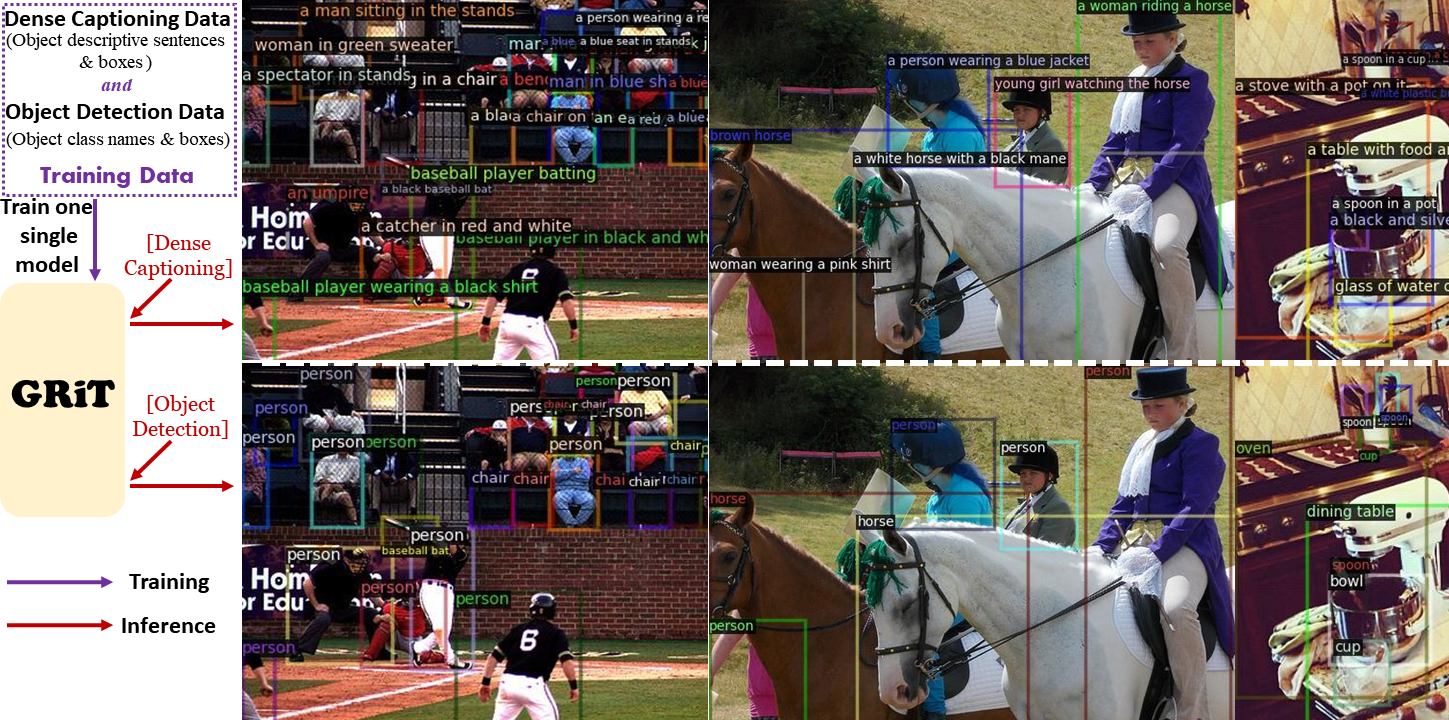Thanks for your question!
For video_chat, you can simplify the problem as a detailed video description. We use the models for image captioning, dense captioning with boxes, video classification, and so on. Those information will be input in LLM like ChatGPT to understand the video. More importantly, we also design the prompt so that the LLM can understand the time.



Thx for awesome job!
I have tried to understand how it works judging from the code but it's hard for me:(
How does it describes what's happening on the images? What tech do you use? Thx!